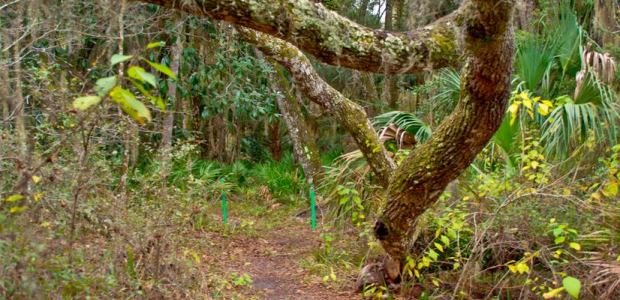
Acquisition Expands Lake George State Forest
The forest in Volusia County, Fla., is composed of more than 10 natural communities, including pine flatwoods, floodplain wetlandsm and basin swamps, and is part of an extensive wildlife corridor that provides habitat and roaming area crucial to the survival of the Florida black bear population in the area.
The Florida Department of Environmental Protection, in partnership with the Florida Forest Service, has acquired an additional 287.19 acres to expand the Lake George State Forest in Volusia County. The state forest's 3.5 miles of St. Johns River frontage supports a large, ecologically valuable floodplain swamp community that provides environmental benefits and recreational opportunities.
"DEP is proud to partner with the Florida Forest Service on this important acquisition that will help protect Florida's natural resources, provide wildlife habitat, and increase public access," said Callie DeHaven, director of DEP's Division of State Lands. "This parcel is a critical puzzle piece for the continued sustainable management of these lands in perpetuity."
Lake George State Forest is in northwestern Volusia County near the towns of Barberville and Astor. The forest is composed of more than 10 natural communities, including pine flatwoods, floodplain wetlandsm and basin swamps, and is part of an extensive wildlife corridor that provides habitat and roaming area crucial to the survival of the Florida black bear population in the area. Other wildlife found there includes bald eagles, sandhill cranes, white-tailed deer, wild turkey, and bobcat.
"The acquisition of this parcel is a great opportunity to close an existing in-holding within the Lake George State Forest, protect a valuable aquifer recharge area, provide additional protections for wildlife, reduce threats of wildfire, and reduce overall management complexity on the forest," said Jim Karels, director of the Florida Forest Service. "Having this tract in state ownership ensures the sustainable management of the natural resources on the tract into the future and affords additional lands for the public's enjoyment."